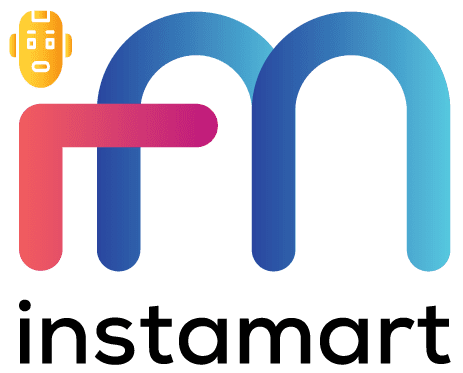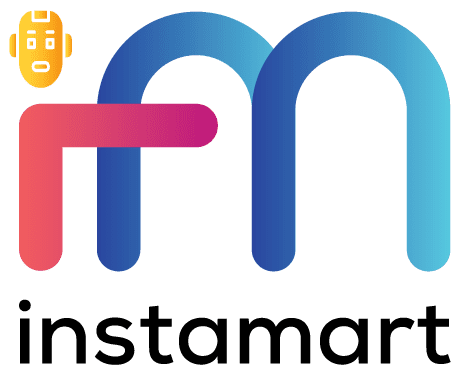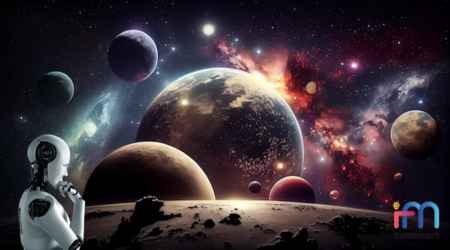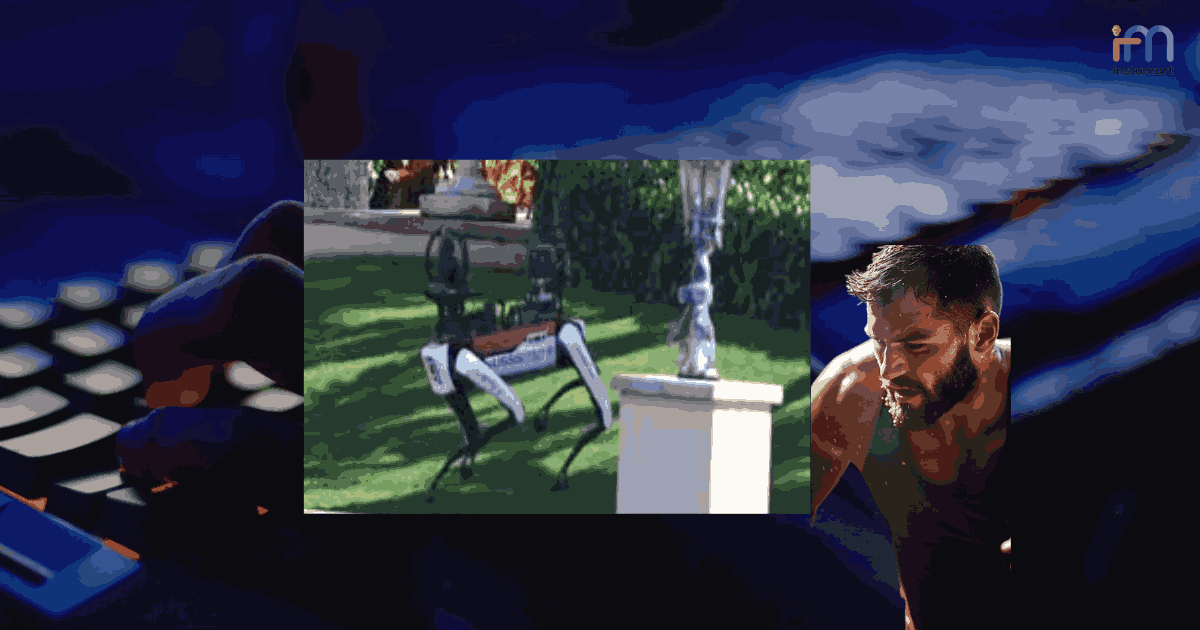We may have a lot of misgivings about AI for the pains and AI-related job losses we’re seeing in our workplaces. However, when it comes to analyzing images coming from the world’s most powerful space telescope, AI comes in handy. On Monday 10, July 2023, scientists gathered at the US White House to witness the unveiling of the James Webb Space Telescope. This follows a NASA declaration of the new galaxy cluster SMACS0723. The announcement brings to our understanding the likelihood of trillions of galaxies in our universe. That’s enormous, right? These discoveries are now coming to light by using AI as our sense in the cosmos.
What Technology Does James Webb Space Telescope Use?
James Webb is the most sophisticated and powerful space telescope worth $10 billion. Its capability goes beyond the Hubble telescope in terms of the sharpness of its infrared images and depth of coverage. In the ambitious project, the researchers are aiming at 0.5 million galaxies for high-resolution and 32,000 mid-infrared imaging. A naked AI cannot be a solution to such a massive number of images.
The Telescope is designed with a sun shield comprising Kapton layers and mirrors with gold plating. While micrometeoroids have hit the mirrors four times, the telescope continues to perform much better with no cases of data loss recorded!
The first images that were sent on July 12, testify to the potential of the James Webb Telescope to observe vast patches of the sky and survey millions of galaxies. This is where the puzzle is! How to analyze these images and make sense of them.
Therefore, the telescope relies on an Artificial intelligence system to analyze images With the Webb telescope stationed at a million miles from the planet Earth. The images received from JWST are not only massive but also impossible to analyze with the naked eye.
As a result, Morpheus, an AI system will be used to analyze the images and also tell scientists what the telescope is looking for.
The AI System – Morpheus
The use of AI systems is not new in space telescopes. James Webb’s telescope predecessor, the Hubble used an artificial intelligence system for image classifications. Prof. Brant Robertson who was the lead researcher in training Morpheus noted that “The JWST will enable us to see the universe in a new way that we’ve never seen before, so, it’s really exciting.”
The deep learning framework used in creating Morpheus is the reason we’ll now have clear eyes in the sky. The James Webb Telescope (JWST) will stream pictures pixel-by-pixel basis to provide insights that had never been experienced before.
“The JWST data is exciting because it gives us an unprecedented window on the infrared universe, with a resolution that we’ve only dreamed about until now,” Robertson said in a statement.
In the initial image analysis, JWST brought to light finer aspects of Carina Nebula which is estimated to be more than 7,600 light years. Other space wonders streaming into NASA’s image include the Southern Ring nebula and Stephan’s Quintet. The breakthrough is indicative of significant progress in the history of space exploration.
Nonetheless, the integration and use of AI is a continuous process. Professor Robertson and other 50 researchers continue to rely on artificial intelligence in mapping some of the earliest features of our universe as captured from the telescope.
AI continues to disrupt industries. In journalism, the disruptive effects of AI are sending chills down the spine of professionals. On the contrary, space exploration is moving a step towards a breakthrough that will open greater insights. As we look forward to these new wonders from space, perhaps JWST will show us the gates to heaven!







